Tokyo has gained a lot of popularity as a travel destination in recent years, and needless to say, you need a week to explore it properly. With over 13 million people living there, the metropolis offers a great juxtaposition of modern with an Asian vibe.
I only had 3 days in Tokyo when I visited the city for the first time. While most of my friends said that this was crazy and not nearly enough time to see much, you can totally rock your short visit if you’re visiting for the first time.
Arriving in Tokyo
Tokyo is a huge city with so much to do, so it’s best to get yourself oriented and find out where to go beforehand.
Note that addresses in Tokyo are pretty much non-existent and many people don’t know where things are located, so keep this in mind when visiting the city.
I was lucky enough to arrive at Haneda Airport, which is located much closer to the city center than Narita Airport. But both airports are easy to navigate, arriving downtown by train, taxi, or Uber.
Public transportation had free maps available everywhere, so it wasn’t a problem to find my way to the first stop on my list.
What To Do in 3 Days in Tokyo – Sample Itinerary
Tokyo is a huge city with countless things to see and do. There are so many attractions for such a wide range of interests in fact, that it can be overwhelming trying to figure out what to pack into your trip.
That’s why I decided to make a perfect 3-day itinerary for anyone visiting Tokyo for the first time.
Of course, you can add or take away anything that tickles your fancy (I have a whole list of extra things to do here), but the itinerary I have created below ticks all the boxes including all the must-see attractions in Tokyo in a logical and efficient way.
The best way to get between each of the stops below is by train, but many of them are also walkable distances!
Day 1 – Shibuya, Shopping, and Tokyo Beach
1. Shibuya Crossing
First up, we are heading to one of those spots you just have to see in Tokyo, Shibuya Crossing, one of the busiest crossings in the world.
It’s impressive to see how hundreds of people cross the road when the light turns green. I recommend getting to the first floor of Starbucks to see the whole scene from above.
Note that this viewpoint isn’t a secret and there will be long lines and crowded seats. It’s a great choice because it’s free, but there are a number of other viewpoints to watch the crossing from such as Shibuya Sky and L’Occitane Cafe if you prefer.
And if you want a really unique way to explore the area of Shibuya, book a real-life Mario Car Tour! You’ll get to dress up in costumes and drive go-carts around the real streets of Tokyo. Just make sure you have a valid international driver’s permit so you can participate.

2. Visit Hachiko
Before leaving the crossing, make sure to snap a picture with the statue of Hachikō, the world’s most loyal dog.
Hachiko used to wait for his owner to return from work at the train station entrance every single day. Sadly, his owner passed away while at work one day and Hachiko was left waiting at the station every day for the next 9 years.
Hachiko was eventually buried next to his owner and a statue was erected in his honor to symbolically represent the great trait of loyalty. There is even an annual celebration each year on March 8th.
3. Hit the Shops
If you want to do some shopping, Shibuya 109 is a massive tower full of fashion brands waiting to sell you the latest trends right here at the crossing.
Once you’re ready to relax, there are also plenty of bars and small restaurants in Shibuya and Shinjuku to go for a drink and try some Japanese sake. Don’t be afraid to try some even if you’re not a big fan of sake like me. Sparkling strawberry sake was actually pretty tasty!
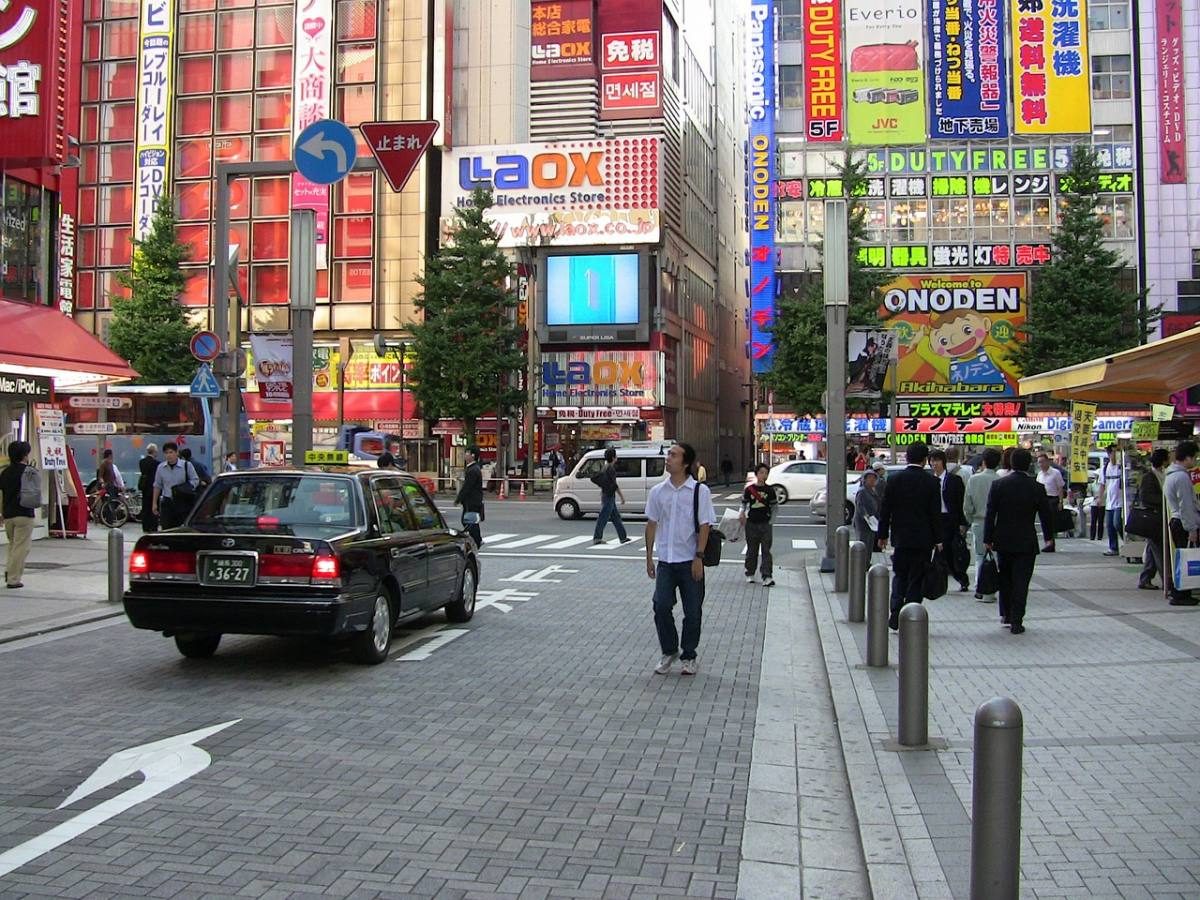
4. Tokyo Beach Area & Team Lab
And finally, to end the day you may want to visit the modern zone of Tokyo, next to the Tokyo beach.
Here you will find the wildly popular Digital Museum TeamlLab. This interactive museum is incredible and sells out quite far in advance so make sure to secure your tickets online. Walking through this immersive experience you will find so many cool places to take pictures that you will never want to leave!
Outside the museum, it’s a nice stylish area, but I wish I went there at night to see the city lights. That’s why I am suggesting you end your first day here!
From the bridge, you can even spot a miniature Japanese version of the Statue of Liberty.
Day 2 – Discovering the History of Japan
1. Tokyo Skytree
Now you have your bearings, it’s time to put them to the test. The Tokyo Skytree is one of the tallest towers in the world and has an incredible viewing platform right near the top!
You should definitely book your tickets in advance to avoid waiting in long lines here but the views are absolutely worth it.
There’s lots of information about the city and countless photo spots where the staff can take your picture for you.
2. Senso-ji Temple
The Senso-ji Temple in Asakusa is a must-see spot in Tokyo and visiting early in the morning will let you beat the crowds.
To reach the temple, you need to pass via an iconic gate called Kaminarimon, recognized as the symbol of the city. You also must pass by a series of shops in a street called Nakamise where you can find souvenirs and cute handicrafts.
When you’re at the temple, you can test your luck with a Japanese stick prophecy for 100 JPY. I got a bad luck card, but not everyone has bad luck when traveling.
3. Tokyo National Museum
Continue your historical tour of Tokyo by exploring Tokyo National Museum. It has the largest collection of Japanese art including everything from pottery to sculptures, samurai swords, and kimonos.
If you only want to visit one museum in Tokyo, this is the one to pick as it’s the ultimate Japanese experience.
4. Ueno Park
Just next door to the National Museum is Ueno Park, Tokyo’s first public park. It was established in 1873 but the park structures date all the way back to the 17th century.
So if there is anything like an ancient park, this is it. The park is huge and filled with many cafes, but there are many English maps all over it. The park is ideal for cherry blossom viewing if you are there in spring.

5. Shabu Shabu Dinner
You can’t leave Tokyo without trying an awesome Shabu Shabu dinner. For less than 4000 JPY you can get stuffed with absolutely anything at this all-you-can-eat spot. You’ll get raw meat, tofu, and vegetables to cook yourself in a boiling pot on your table.
Even though it’s all you can eat, remember not to order a lot in the beginning because it’s a Japanese custom to finish everything that’s on your plate and it’s impolite if you don’t.
When you order a shot of sake remember that a Japanese shot is actually a glass full of sake! 😉
Day 3 – Exploring the Unique Japanese Culture
1. Tsukiji Fish Market
To start your last day with a bang, consider taking a morning tour for breakfast at the worldwide hub of sushi, the Tsukiji Fish Market.
You will either love or hate eating raw fish for breakfast, but you should at least go and see how REAL sushi is prepared and what locals eat.
The restaurants here are open from around 5 am to midday and this is the best place to eat sushi as the fish is delivered here directly after being caught, so you know it’s super fresh!
2. Imperial Palace
Home to the imperial family, this Palace is located in prime position right by Tokyo Station. You can take a free tour of the palace but you must sign up in advance as these book out every day.
The tours are available to book up to a month in advance, but even if you don’t manage to snag a spot, it’s still worth visiting the Palace to take a stroll around the grounds and look at the buildings from the outside.
3. Explore the Unique Shopping Scene around Ginza
By now you’ve probably visited many different modern fashion shopping areas but if you’re looking for something a little bit different, head to either Ueno Market or/and Akihabara Station.
Ueno Market sells a lot of clothes and weird food, but without extensive knowledge of Japanese, you might not know what they want to sell you. Either way, it’s a great place to visit at least even if you don’t want to buy new gadgets.
Akihabara is famous for electronics and manga-related shops (most of them are manga-gaming stations). But you should know that unless you want to buy a new computer or camera which works in Japanese only, you shouldn’t try to buy anything here.
The lack of English electronics in Japan is due to a special export tax that must be added if they install non-Japanese languages on electronics.
This is also an interesting area to take a tour of!
4. Visit an Interesting Cafe
Around this area, you can also find countless weird cafes and restaurants, just one of the unusual things you can do in Tokyo.
For instance, there are multiple Maid Cafes where girls dress in French Maid uniforms and serve you as if you are the master just returning to your home.
I chose to pay a visit to a Rabbit Cafe whilst in Tokyo. The concept of animal-themed cafes has become quite popular over the last few years but keep in mind some are more ethical than others.
I visited Ra.a.g.f Rabbit Cafe (now closed) and the rabbits appeared to be well cared for and were not disturbed by humans all the time. As an alternative, Bunny Cafe Moff Rell seems to be very similar to the one I visited and is located in the same area as where you have just been shopping.
You pay an entrance fee, get a drink, and enjoy the presence of animals running around that you can pet and feed. There was no English-speaking staff at the café when I went, but I was lucky to meet two Singaporean girls who spoke Japanese and explained everything to me.
5. Kabuki-za Theatre
End your trip on the ultimate high by attending a performance at Kabuki-za Theatre.
If you’re interested in elaborate sets, incredible costumes, and dramatic acting, you will love the traditional Kabuki style of shows you can see in this historic theatre.
The shows are put on in Japanese but you can buy an English guide to the show you are seeing so you can understand the storyline despite the language barrier. This plus the animated style of acting means you can enjoy the performance, even if you have no idea what’s going on.
Practical Information for Visiting Tokyo
- Most metro stations in Tokyo have English signs, but the system can get confusing. Get a free metro map beforehand in order not to get lost. Also, remember that public transportation isn’t working 24/7 in Tokyo, so catch the last train before 11 pm.
- As many streets have no name and not everyone speaks English, consider renting a wireless router. It will allow you to use Google Maps.
- It can be surprisingly difficult to find an ATM that accepts foreign cards, even in Tokyo. The easiest place to get money is an ATM at 7-Eleven.
- How to behave in Japan? Find out here!
- Trick for saving on water: If you want to save money on bottled water, get a LifeStraw Water Bottle. It’s a water bottle with a special filter that will allow you to drink tap water (or even some from the pond, puddle, or waterfall) everywhere!
Where to Stay in Tokyo
There are plenty of amazing hotels, hostels, and even capsule hotels in the city!
While you may need to book in advance, (when I went all the capsule hotels were fully booked), you can easily find a nice affordable place.
Check out my full guide to the best areas and hotels for visitors to Tokyo here or pick one of my top suggestions:
- Millennials Shibuya – hostel that feels like a hotel, moreover super close to the metro station.
- The Gate Hotel – budget-friendly guesthouse with private rooms.
- Park Hyatt – have you seen ‘Lost in Translation‘? That’s the hotel!
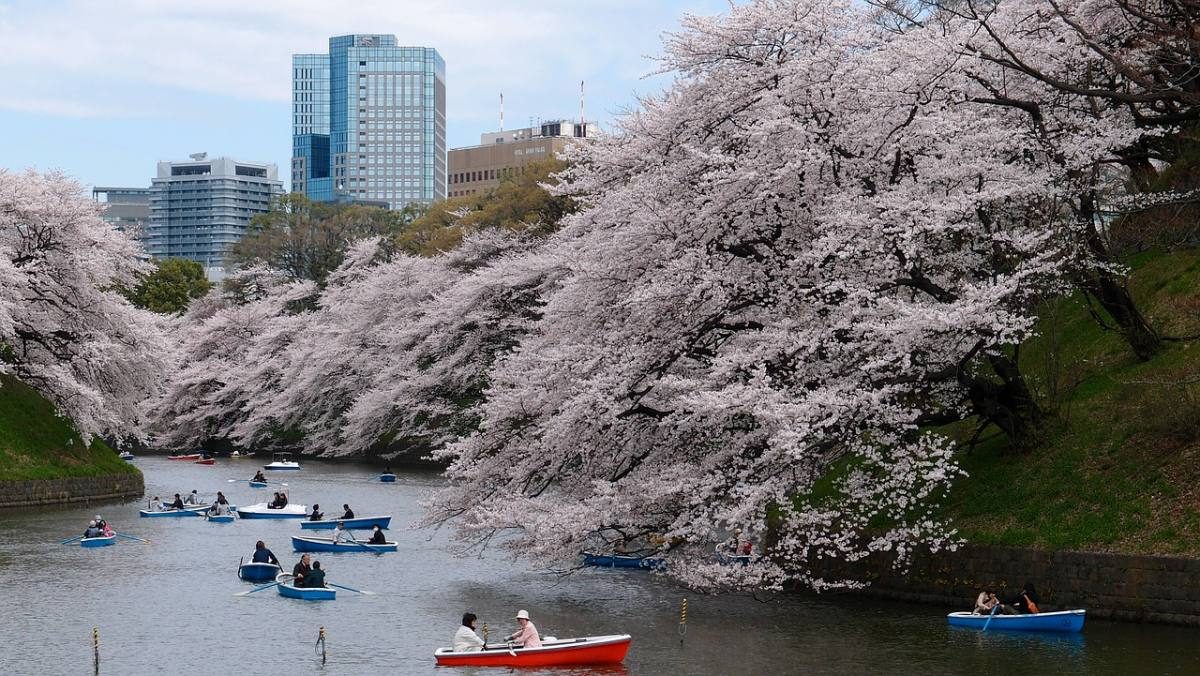
Things to Know Before Visiting Tokyo
1. Tokyo is actually affordable
After hearing a lot of opinions on how expensive is Japan, I was a bit afraid of destroying my budget.
To my surprise, it turned out that Tokyo is not expensive at all. Well, if you compare it to other places in Asia like Vietnam, Thailand, or India, it will be expensive for you.
However, Tokyo is less expensive than London and much cheaper than the Netherlands. For example, you can eat in a small restaurant for $4 and you’ll get a big portion. If you want to try an all-you-can-eat type of restaurant, with a hot pot, you’re going to spend $23.
2. Toilets are smart!
Talking about bathrooms… I loved Japanese toilet seats. You get to press some buttons and you’ll get a quick wash, bidet, massage, and dryer for the end. This toilet knows what it’s doing.
You can also adjust the temperature of the seat. Amazing! The women’s toilet also plays cicada sounds, so you can’t hear any noise coming from the toilet.
3. Tokyo is very safe
Tokyo is one of the safest places I’ve been and Japan has maintained its reputation as being the safest country in the world.
You can put your phone next to you on the train and fall asleep, or leave your opened bag behind when shopping, and nothing will happen. It’s quite amazing actually!

4. Tokyo is missing trash bins
There’s one important thing that Tokyo is missing – trash bins.
You can’t find any free-standing bins ANYWHERE in Tokyo, because the city wants you to carry your trash with you, and Japanese people don’t generally eat or drink on the go.
The only place where you can find bins is next to 7-Eleven.
5. It isn’t easy to withdraw money from the bank and pay by card
It amazed me that in a place like Tokyo, you can’t withdraw money from a regular bank ATM.
Banks rarely accept foreign cards, and the only places where you can take money out are 7-Eleven stores.
The idea of withdrawing money from an ATM located in a corner store seemed super sketchy to me, but in Japan, that was my only choice.
Moreover, it’s quite hard to pay by card anywhere, unless you visit some 5-star hotels or exclusive restaurants. Most places accept cash only or Japanese cards.
In various local restaurants, you have to place and pay for your order at a machine and bring your ticket to the waiter.
6. It’s not so easy to see the Mount Fuji
The first thing that comes to mind when one thinks of Japan is the traditional cherry blossom trees and Mt Fuji.
While Mount Fuji is a popular day trip offered from Tokyo, it’s rarely visible due to the mist and clouds.
I guess you should just Google those beautiful photos because the chance of capturing those two together is no higher than 5%.
7. Let yourself be helped
Despite their lack of English skills and sense of direction, Japanese people are very willing to help you. However, they very often won’t actually be helpful. For example, I spent 20 minutes waiting for a policeman to point me in the right direction.
I also experienced a woman arguing with her husband about the best way for me to reach my stop. In any case, one should be polite even in situations like this because it’s nicer when people are trying to assist you instead of simply ignoring you.
8. Patiently wait in line
Japanese people form queues all the time.
It might seem funny or senseless sometimes because why would you queue to enter the metro or a restaurant when you can just stand around, but I taught myself to stand in line with them.


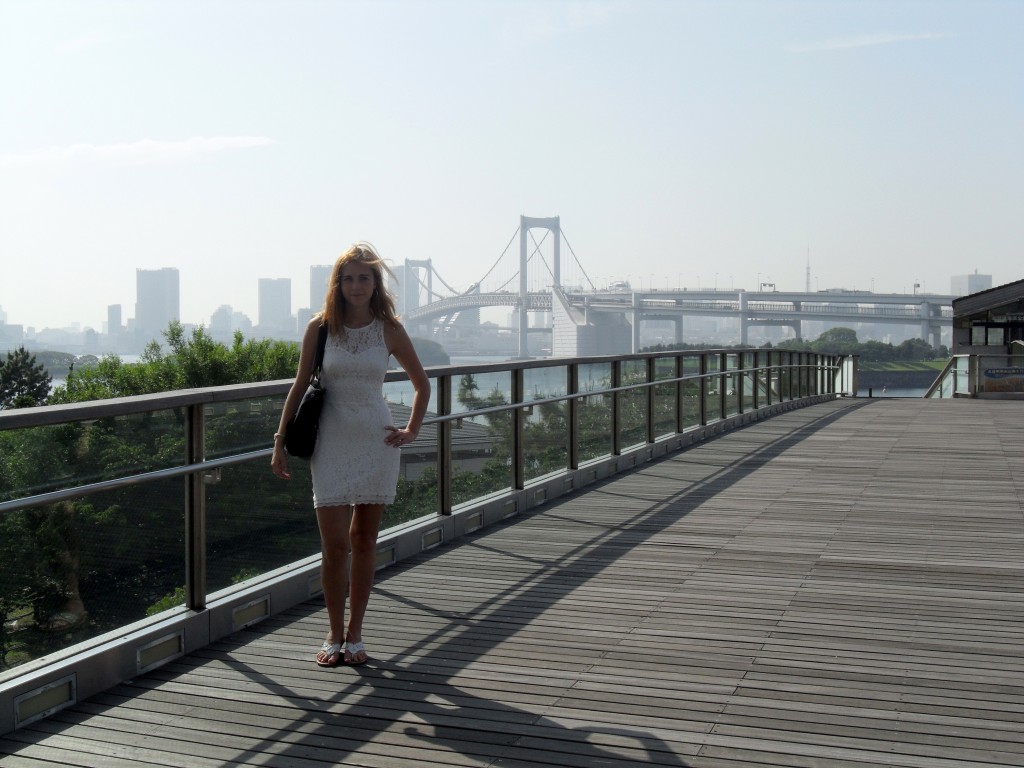
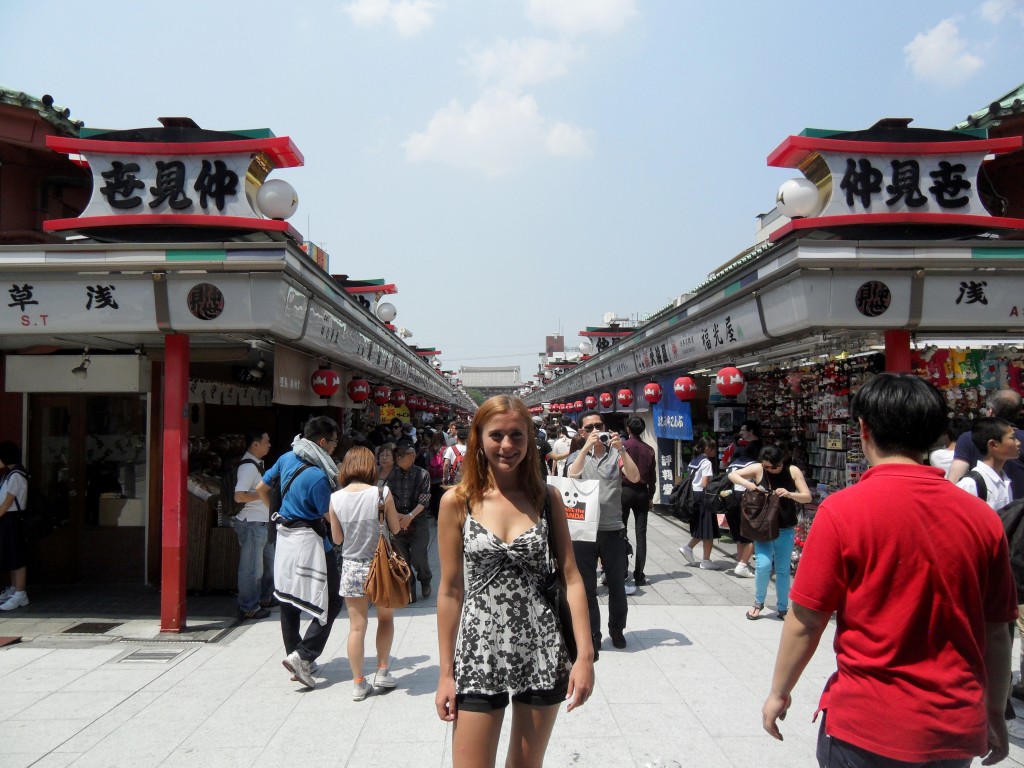




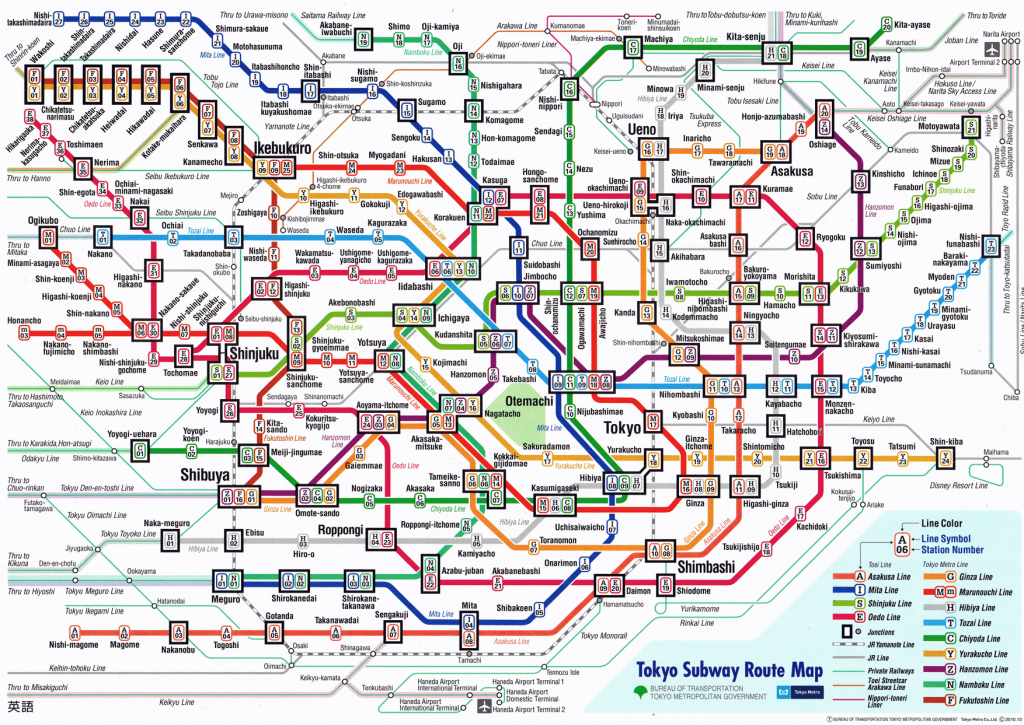
guy
Sunday 16th of July 2017
nice write up! that rabbit cafe sounds awesome, such a fun city to visit sad we missed that cafe
CY
Monday 8th of May 2017
Japan is a very diversified country with 47 prefectures. Everyday I keep having something new added onto my bucket list, even after living here for over 10 years. You'd want to spend more than just 3 days. If you know the animation of Ghibli studio call Laputa - Castle in the Sky, there is actually a Laputa in Hyogo. The whole castle looks like is above the cloud.
There's a colorful canyon in Nagano which is absolutely calendar worthy. It will take you 9 hours one way to hike to the place but it would be a life time experience spending a night camping there.
There are a lot lot more other places to visit in Japan. These are just two of those on my bucket list.
Stewart
Thursday 26th of November 2015
Hi Anna some great reading and advice on your blog i look forward to travelling to Japan in the near future :)
Richal
Tuesday 13th of January 2015
Hi. Nice blog:) I just wanna ask where the owl resto is located.. Ill go to tokyo nxt week:) thanks and your blogs are really helpful.
Anna
Tuesday 13th of January 2015
Hi Richal! Here's a link to a map: https://wandertokyo.com/tokyo-owl-cafe/
Blinky Bill of Australia
Friday 21st of November 2014
Sounds like you didn't enjoy Tokyo nearly enough. I've visited Japan on many occasions and unless you do your homework before hand, you will more than likely get caught-up in a whirlpool of people and get swept along with the crowd, and that can be exhausting. It was for me anyway. My rule is 'Tokyo for business & the lovely Japanese countryside for R&R'. We all have to start somewhere, so of course 'why not Tokyo'. However once you venture into the rurals of Japan, you will want to return over & over again. My tip: Visit the island of Kyushu. Lovely countryside, wonderful people, delicious food & take the bullet train to have a fantastic view of the towns, cities, paddies, mountains & lakes as you whiz along. It's amazing & cheap on a JR Rail Pass.
By the way that picture 'The Sydney Japanese Gardens', I think may be the Chinese Gardens in China Town Sydney. In Japan there are some fantastic gardens that the tourism people will happily point you to.
Anna
Friday 21st of November 2014
I definitely want to return one day, this time to enjoy the southern part of the country ;) The gardens in Sydney weren't in Chinatown. They're located right next to the harbor.